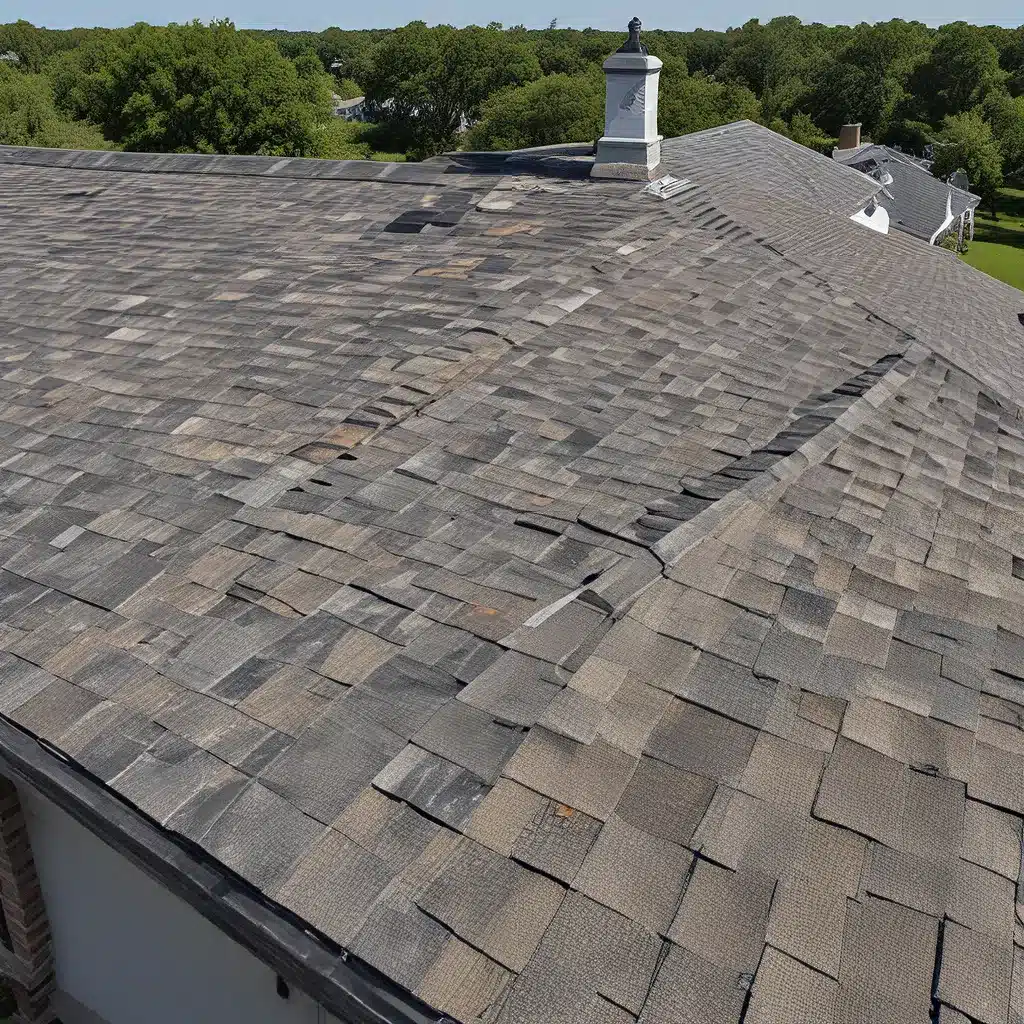
As a homeowner in the sunny South, I’ve always been fascinated by the interplay between my roof and the environment. It’s not just about keeping the rain and sun at bay – it’s about crafting a seamless, energy-efficient shelter that can withstand the unique challenges of our regional climate. And that’s precisely what we’re going to dive into today.
Passive Solar Design: The Key to Sustainable Comfort
When it comes to optimizing energy efficiency in Southern homes, passive solar design is the name of the game. This ingenious approach harnesses the power of the sun to heat and cool our living spaces, while minimizing the need for energy-guzzling mechanical systems. As I learned from the Energy Saver website, passive solar design is all about striking the right balance between thoughtful architectural elements and the local climate.
The core idea is simple: we want to collect solar heat during the cooler months and block it during the warmer ones. This is achieved through carefully positioned windows, strategically placed thermal mass materials, and clever shading devices. By doing so, we can significantly reduce our reliance on energy-hungry heating and cooling systems, keeping our homes comfortable year-round.
Designing for Southern Comfort
Now, let’s get a bit more specific. The South is known for its long, hot summers and mild winters – a stark contrast to the seasonal extremes experienced in other parts of the country. This means our passive solar home design needs to be tailored to this unique climate.
First and foremost, we need to maximize our south-facing glazing to capture as much of that precious winter sun as possible. But we also have to be mindful of overheating during the warmer months. This is where strategic shading comes into play – think overhangs, awnings, and well-placed landscaping to block those scorching summertime rays.
And let’s not forget about thermal mass. In the South, we want materials that can absorb and slowly release heat, helping to regulate temperatures and reduce the need for air conditioning. Masonry floors, walls, and even water-filled containers can all play a role in this thermal storage system.
The Art of Balance
Of course, designing the perfect passive solar home is no easy feat. As the Energy Saver article points out, it requires a delicate balance of numerous elements. From the orientation of the home to the placement of windows and thermal mass, every decision must be carefully considered to ensure optimal performance.
This is where the expertise of an experienced passive solar home designer becomes invaluable. They can use advanced computer simulations to fine-tune the design, taking into account the unique characteristics of the local climate and the homeowner’s preferences. It’s a complex process, but the payoff is immense – a home that’s not only energy-efficient, but also comfortable and aesthetically pleasing.
The Power of Passive Cooling
But passive solar design isn’t just about heating our homes; it’s also about keeping them cool during the long, sultry Southern summers. And here, the principles are just as important.
By incorporating strategic shading, natural ventilation, and carefully selected building materials, we can create a home that stays comfortable without relying on power-hungry air conditioning. Techniques like night flushing (where cooler nighttime air is used to flush out daytime heat) and thermal mass can work wonders in maintaining a pleasant indoor climate.
And let’s not forget the role of landscaping. Strategically placed trees, shrubs, and vines can provide valuable shade and evaporative cooling, further enhancing the passive cooling capabilities of our homes.
The Future of Southern Roofing
As I look to the future, I see an exciting evolution in Southern roofing. Southern Roofing Co. has been at the forefront of this movement, incorporating the latest advancements in reflective roofing materials, solar photovoltaic systems, and innovative insulation techniques. These technologies, when combined with the principles of passive solar design, have the potential to take our homes to new heights of energy efficiency and comfort.
And the best part? These solutions aren’t just for new construction – they can be seamlessly integrated into existing homes through strategic retrofits and upgrades. So whether you’re building from scratch or looking to breathe new life into your current abode, the possibilities are endless.
Embracing the Southern Lifestyle
At the end of the day, our homes should be more than just shelters – they should be sanctuaries that reflect our unique regional identity. And in the South, that means embracing the sun, the warmth, and the gentle breezes that shape our daily lives.
By optimizing our roofing systems to harness the power of passive solar design, we can create living spaces that are not only energy-efficient, but also in harmony with the natural world around us. It’s a delicate balance, to be sure, but one that’s worth striving for. After all, isn’t that what Southern living is all about?
So, let’s raise a glass to the future of Southern roofing – a future where our homes are designed to adapt, to thrive, and to bring us closer to the very elements that make this region so special. Cheers!